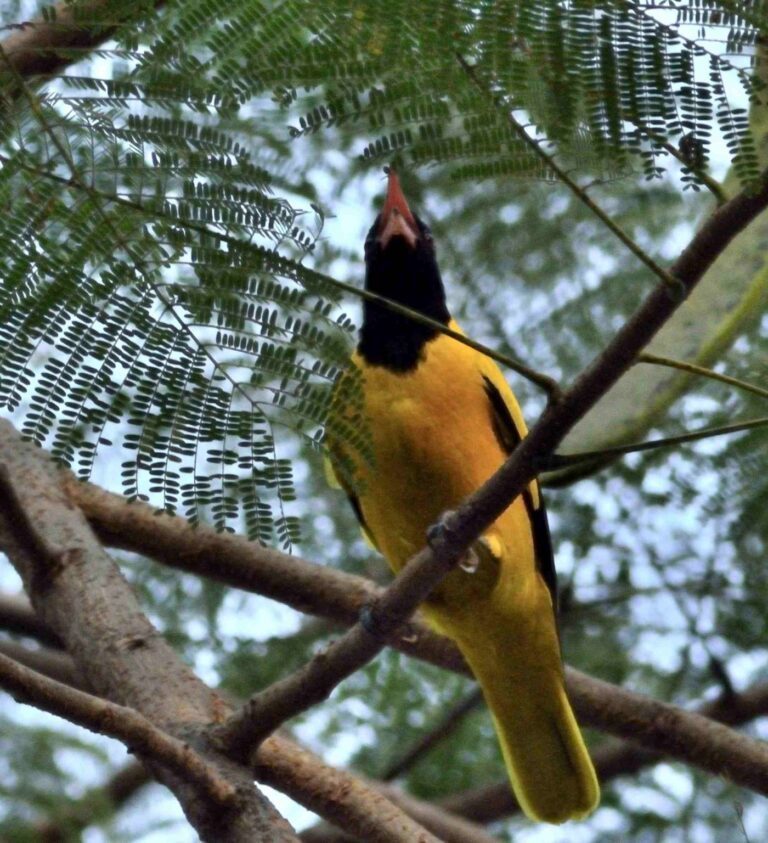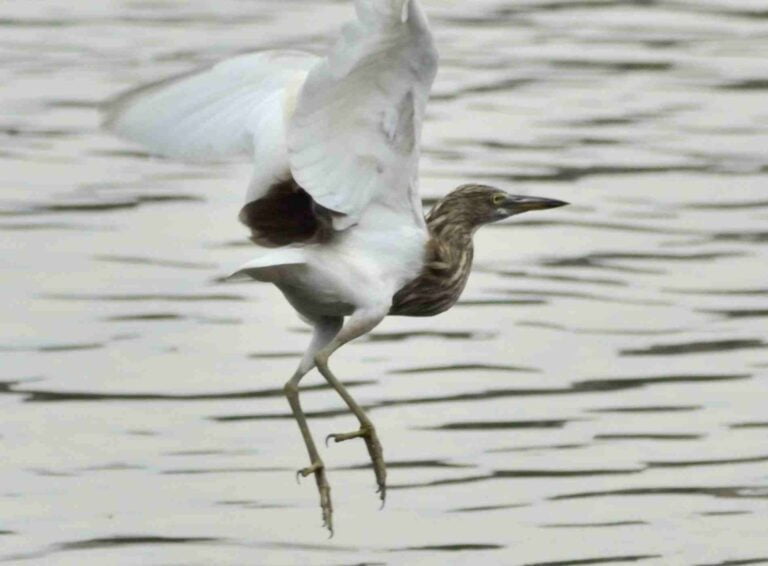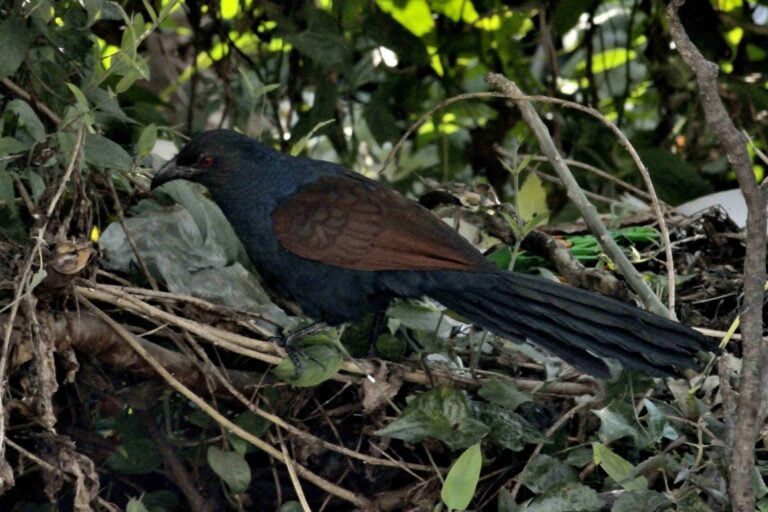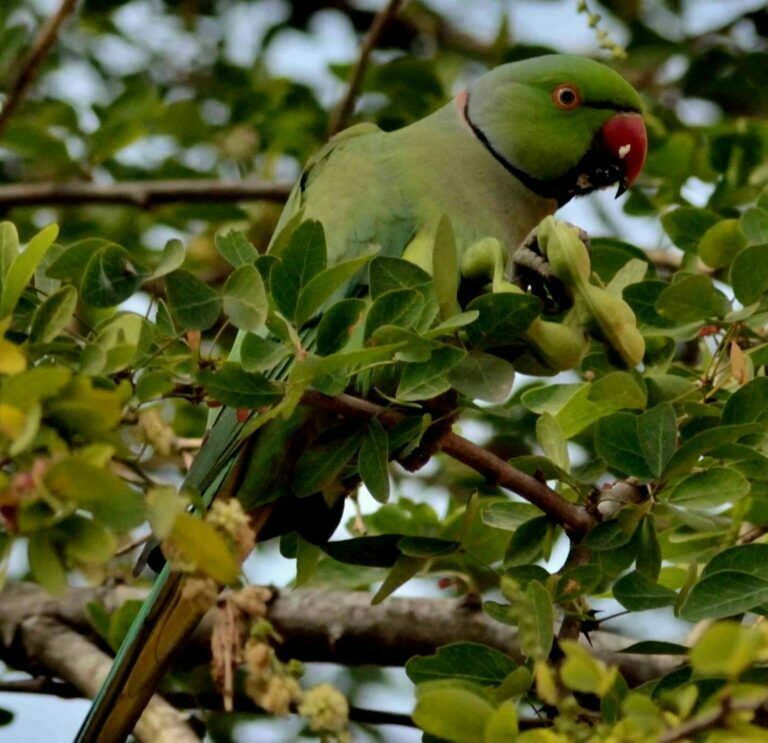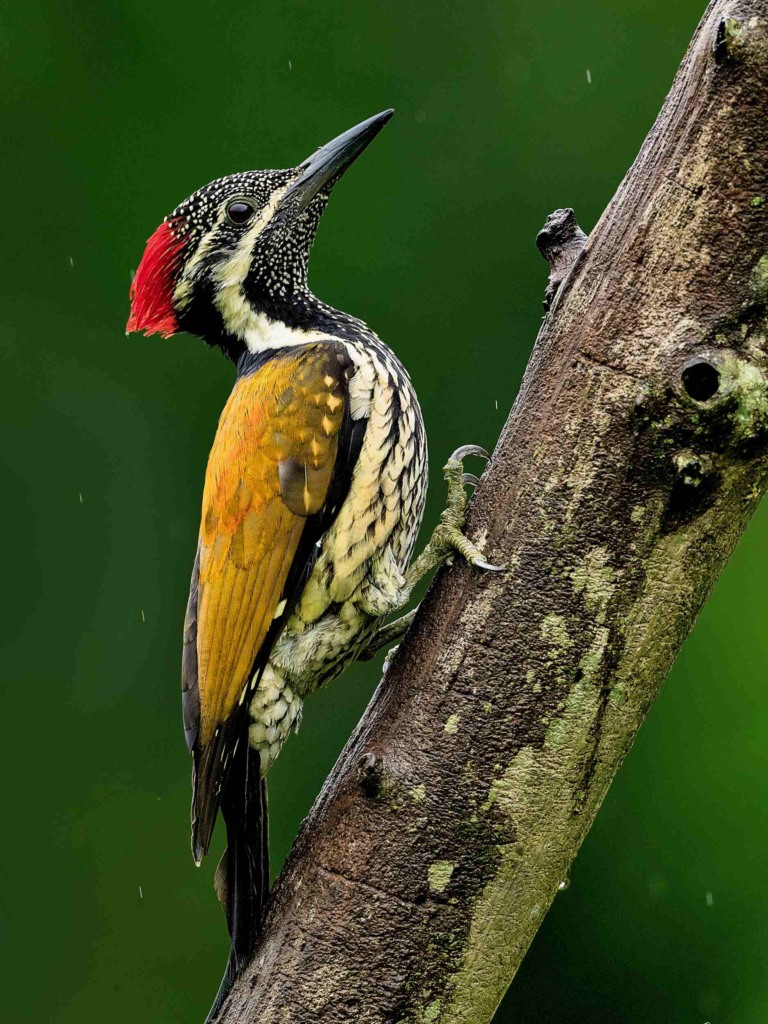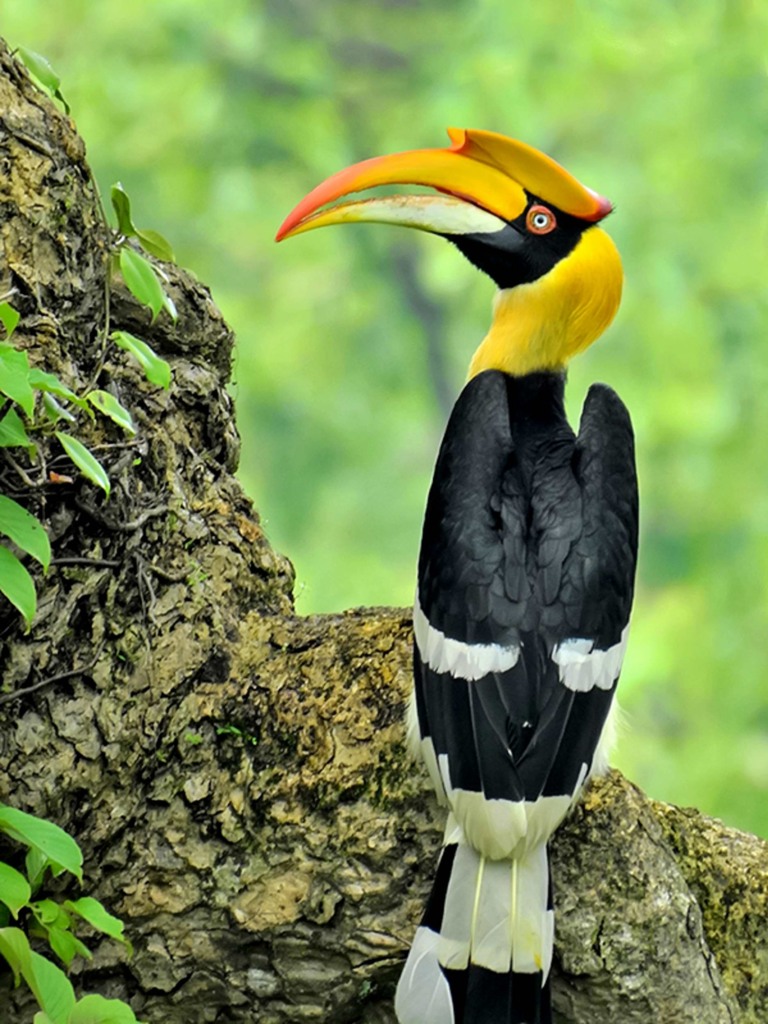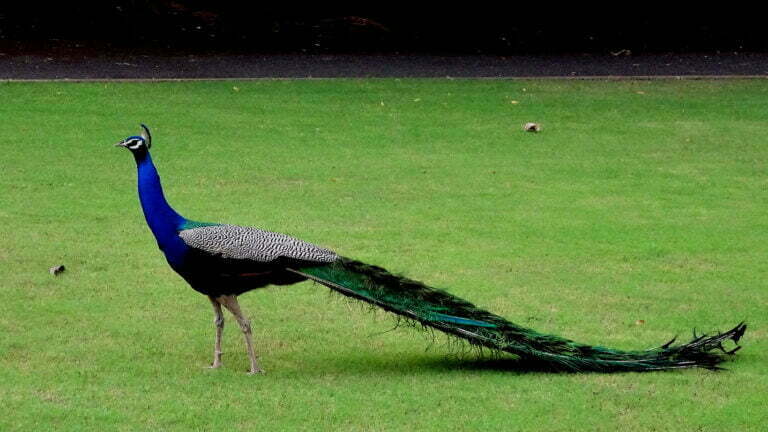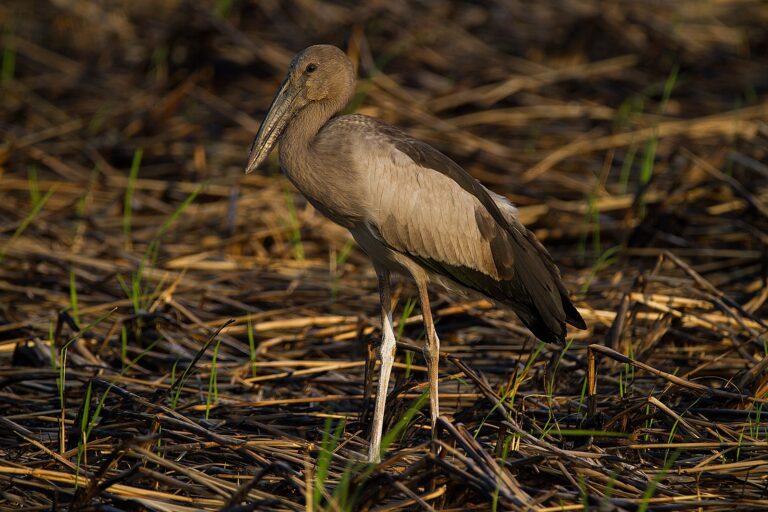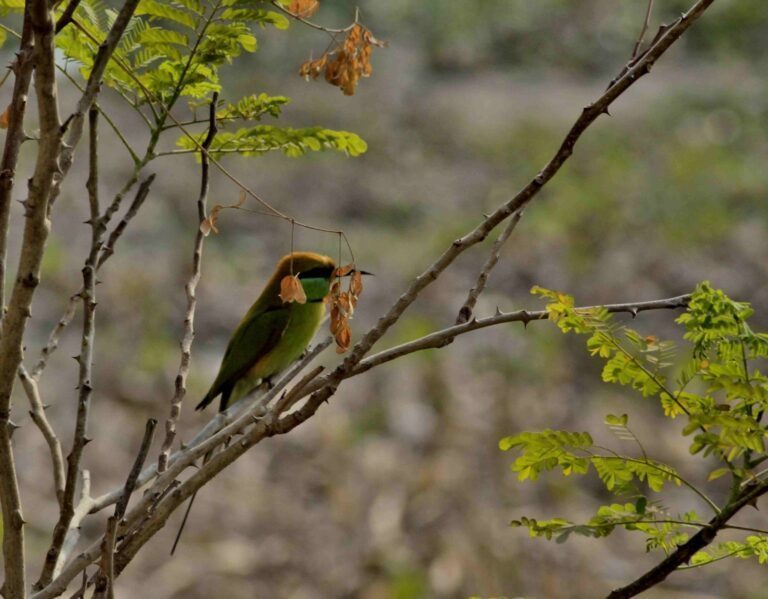Red-wattled Lapwing
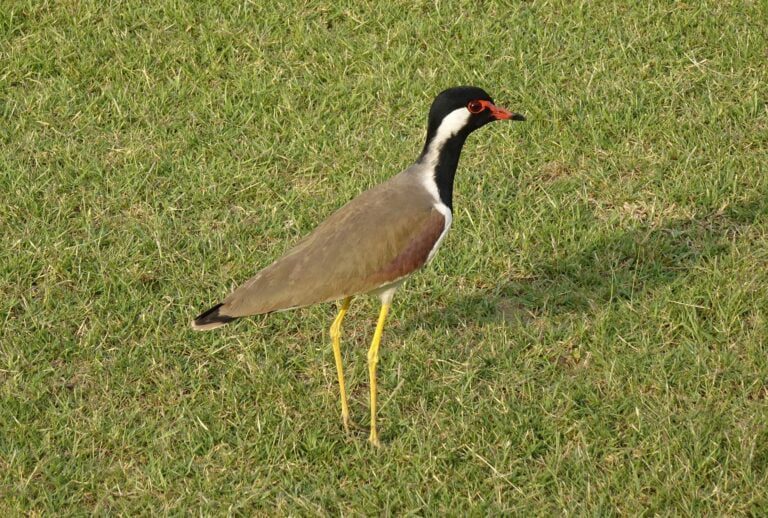
The red-wattled lapwing (Vanellus indicus) is a distinctive bird species belonging to the lapwing family, Charadriidae. It is found across a wide geographic range, including South Asia, Southeast Asia, and parts of the Middle East. They are medium-sized birds, measuring around 28 to 33 centimeters (11 to 13 inches) in length. This bird has a striking appearance. It features a combination of black, white, and brown plumage. The head, neck, and breast are black, and there’s a prominent white patch on its belly. The wings are brown with white wingbars. The base of its bill is adorned with bright red fleshy wattles, also known as fleshy lobes. The bright red wattles, or cheek pouches, in front of each of these birds’ eyes have become iconic. Their red bills have black tips. Legs that are long, slender, and yellow carry their bodies. Their wings and back are light brown with a purple to green sheen, while their head, neck, and breast are black. A white patch runs between the black and brown areas, extending from the belly to the tail and flanking the neck. Here’s an overview of this fascinating bird:
